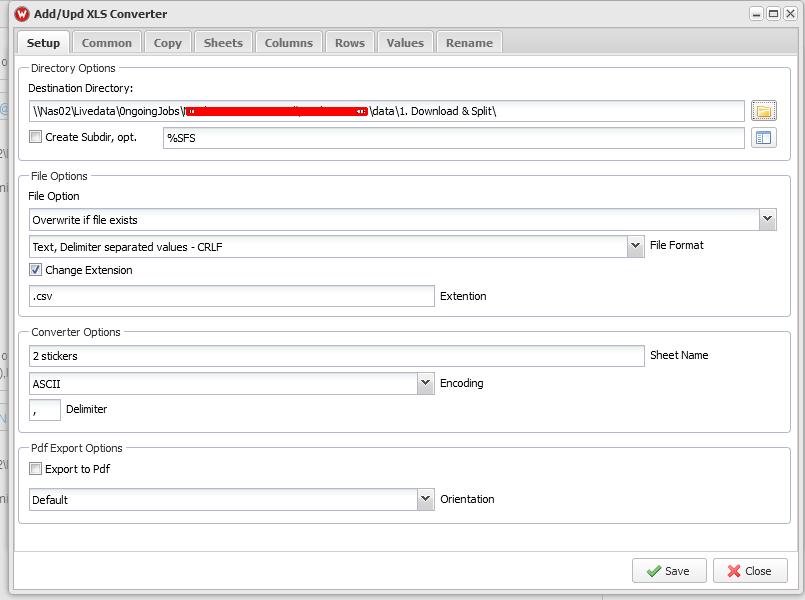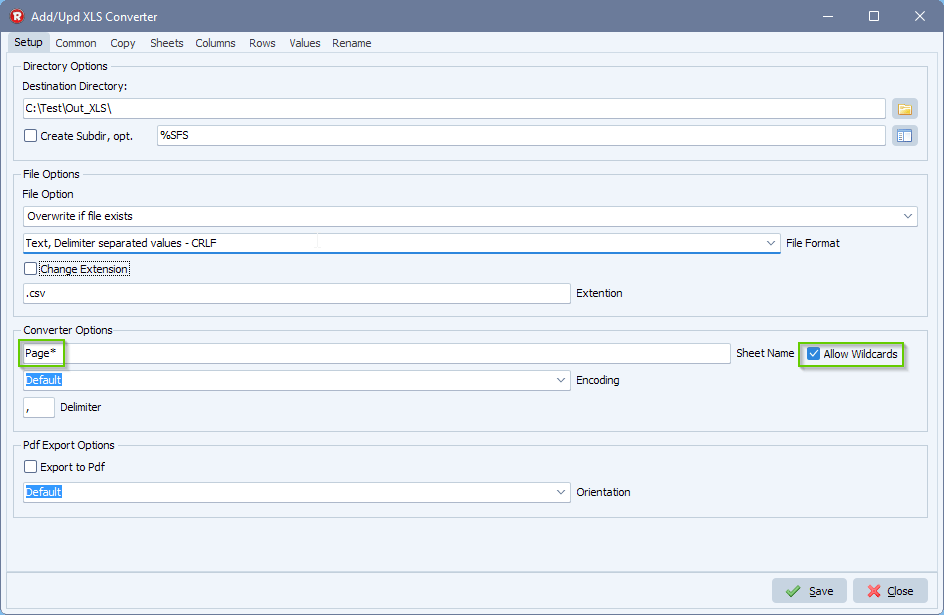Q: How to add html as body of an email with Limagito File Mover
In Limagito File Mover version v2023.9.17.0 we added a second SMTP API vendor (= third party code provider). This second vendor is also based in the USA and has a long history with providing API’s for many internet protocols. The reason we did this is because there are quite some different servers out there and it seems we couldn’t cover them all. With a second vendor we try to minimize this. Switching can be done on the fly.
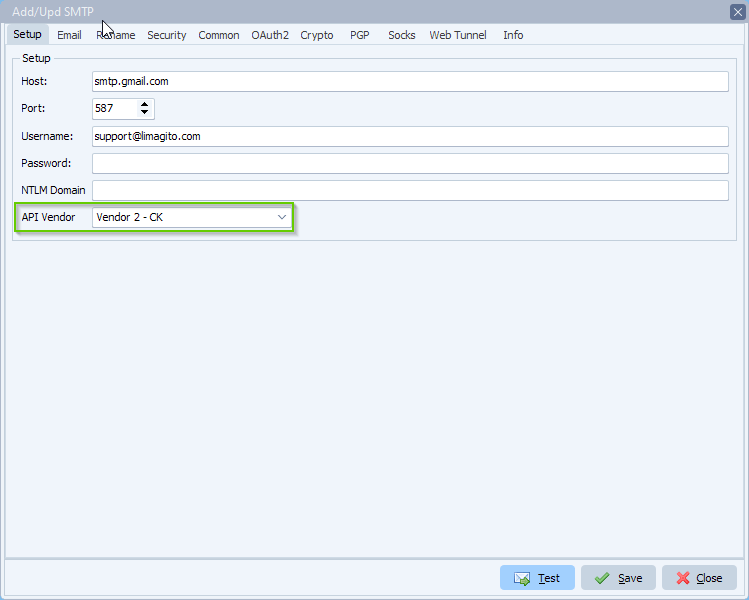
- We added the use of plain text and/or html as body for both API vendors:
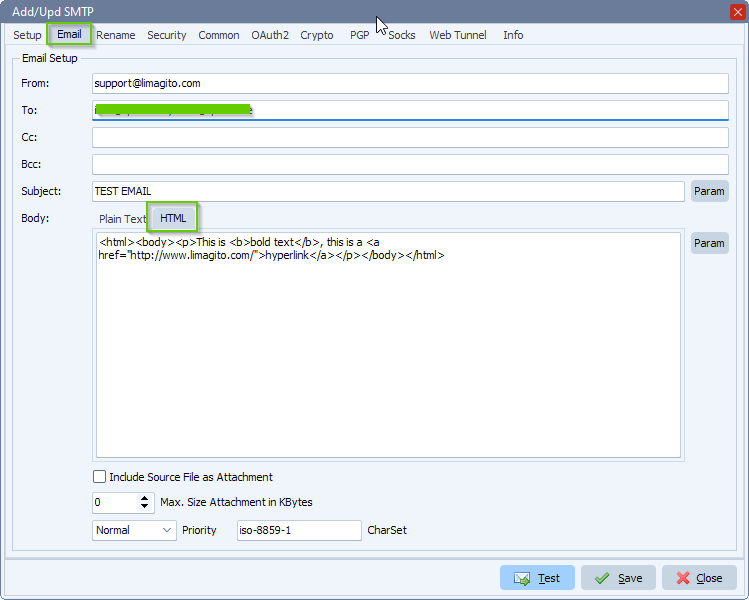
- With our second API Vendor it is possible to use ‘TLS 1.3’. Be sure our second API Vendor – CK is selected in the ‘Setup’ tab and switch to ‘Transport Layer Security Auto’ as Security Method in the ‘Security’ tab.
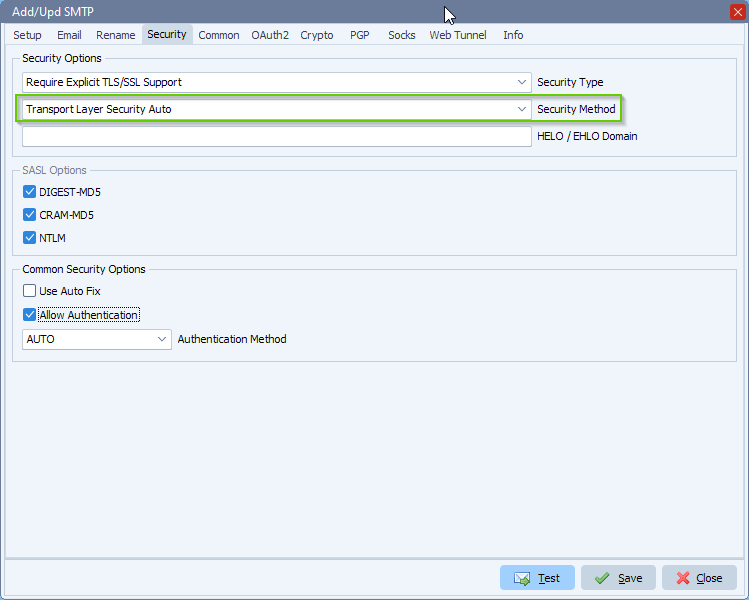
If you need any info about using ‘html as body’, please let us know.
#smtp #filetransfer #filemanagement
Best regards,
Limagito Team


